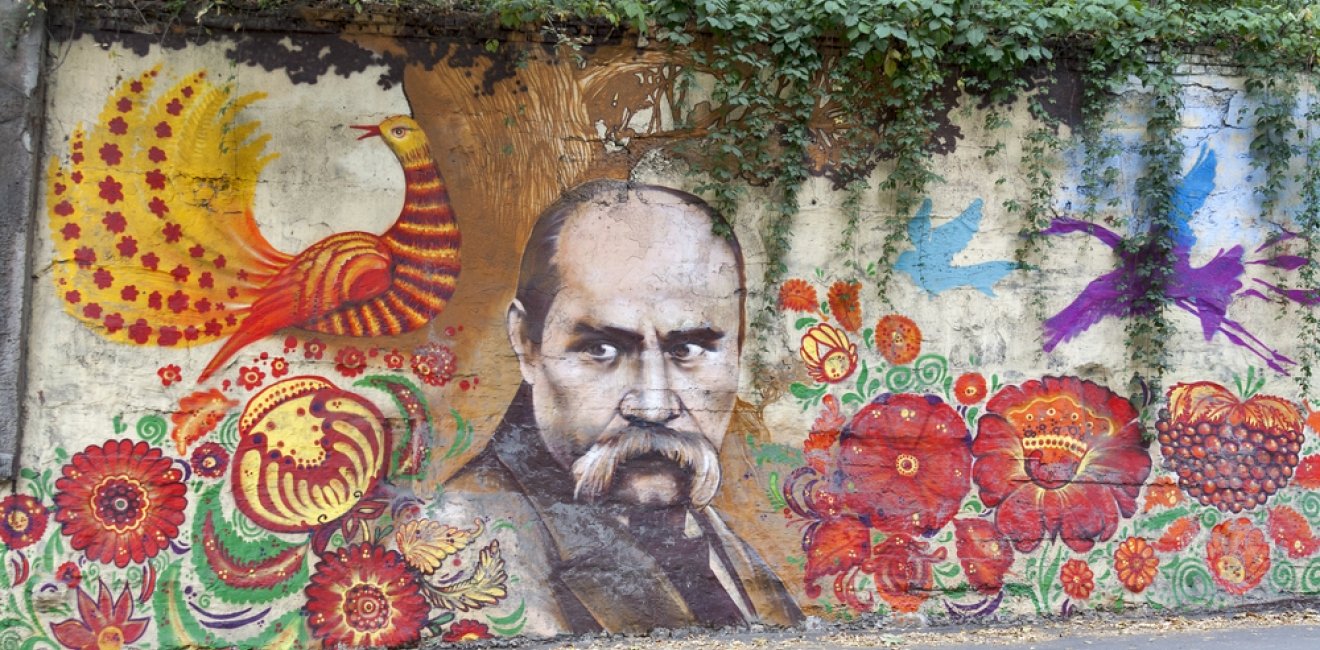
A blog of the Kennan Institute
BY BLAIR A. RUBLE
Thirty-year-old Kharkiv graphic designer Sasha Anisimova did not believe there would be a war. Focused on her daily life and artistic projects, she ignored her boyfriend’s entreaties to prepare for a quick getaway until there was no time left. Hearing Russian bombs strike her city on the morning of February 24, Anisimova beat a hasty retreat to find refuge in western Ukraine. Once safe, she could think of nothing else than returning to her beloved hometown.
Kharkiv, like many “second cities” around the world, is more dynamic than beautiful. Such cities can generate intense attachment among those attracted to urban life with an edge. Second city residents often nurture a distinct chip on their shoulders as they realize their achievements don’t receive the recognition accorded their contemporaries in capitals and other “first cities.” The more Russian bombs and rockets rained down on Kharkiv, the more residents realized how much they loved their city, and none more than the 600,000 residents who, like Anisimova, were forced to flee west.
Anisimova couldn’t wait to return home, and did so as soon as Ukrainian fighters had pushed back the Russian line. She returned to a city devastated by relentless shelling and riddled with land mines. Much of the city lay in ruins despite the heroic efforts of local firefighters to save as many buildings as possible, along with those of municipal workers who rushed to repair water mains even as bombs were falling, and city authorities who focused relentlessly on urban sanitation.
Once back home, Anisimova took a photo of her room and posted it on Instagram, together with dozens of other photos of destroyed buildings and broken souls. Always curious about the lives lived behind the city’s façade, she began to sketch cartoon figures of ordinary people going about everyday pursuits against the backdrop of the ruins. She drew herself sitting at a desk working, neighbors taking showers and preparing dinner, customers enjoying a coffee outside a destroyed café.
One drawing showed the interior of a subway car temporarily housing those who had escaped the bombing aboveground with her delightful cartoon characters superimposed, as if they were merely riding to the next stop. Anisimova’s sketches reveal unremarkable lives shattered by war, ghosts from an unexceptional existence no longer possible. The humanity embedded in her visions offers hope that such ordinary existence may yet return.
Anisimova immediately attracted a following on Instagram; one that has grown into the tens of thousands and has drawn the attention of European newsrooms and the editors at Vogue magazine. She began selling online t-shirts and other merchandise depicting her art to raise money for charities operating in Ukraine. A European publisher has approached her about compiling her images into a book.
The internationally acclaimed street artist Hamlet Zinkovsky is another young (age thirty-five) Kharkiv artist who, like Anisimova, could not stay away from his hometown. Abroad when the fighting broke out, Zinkovsky made his way back to Kharkiv and reported to a local military battalion defending the city. When he asked what he could do to help, the Hartiya battalion commander gave him a bullet-proof vest and sent him out into the streets to paint. His orders were to enliven the streets with his work, and he has done so, spending his days creating his signature black-and-white street murals on boarded-up buildings and half-destroyed walls and in bombed-out lobbies. The city has become his canvas, on which he is rebuilding his hometown image by image.
Artists such as Anisimova and Zinkovsky are joined by writers, including local poet Ivan Senin and renowned novelist Serhiy Zhadan, in turning their talents toward redeeming their hometown. Despite being a predominantly Russian-speaking city, Kharkiv has long nurtured visions of Ukrainian cultural autonomy and political independence. The effort dates back to the early nineteenth-century university professors and intellectuals who helped create a literary Ukrainian language.
The more Kharkiv artists and writers have practiced artistic sovereignty, the more the Russian state in its various incarnations has fought back, often brutally. Anisimova and Zinkovsky, two children of postindependence Ukraine, grew up in a world in which political sovereignty had been achieved. For them, the cultural autonomy to pursue their creative instincts is a given, and they will not forfeit it willingly.
Second cities such as Kharkiv often are known for a feral toughness that comes from a boldly utilitarian economic purpose outside the national superiority of political capitals. Yet a vibrant artistic and cultural life always exists alongside commerce and industry. It is the art that endures.
Creators such as Anisimova and Zinkovsky may reveal more about Kharkiv’s ultimate fate than the strategic illusions of national politicians far away.
The opinions expressed in this article are those solely of the author and do not reflect the views of the Kennan Institute.
Author

Former Wilson Center Vice President for Programs (2014-2017); Director of the Comparative Urban Studies Program/Urban Sustainability Laboratory (1992-2017); Director of the Kennan Institute for Advanced Russian Studies (1989-2012) and Director of the Program on Global Sustainability and Resilience (2012-2014)

Kennan Institute
The Kennan Institute is the premier US center for advanced research on Eurasia and the oldest and largest regional program at the Woodrow Wilson International Center for Scholars. The Kennan Institute is committed to improving American understanding of Russia, Ukraine, Central Asia, the South Caucasus, and the surrounding region through research and exchange. Read more

Explore More in Focus Ukraine
Browse Focus Ukraine
Talking to the Dead to Heal the Living

Ukrainian Issue in Polish Elections


